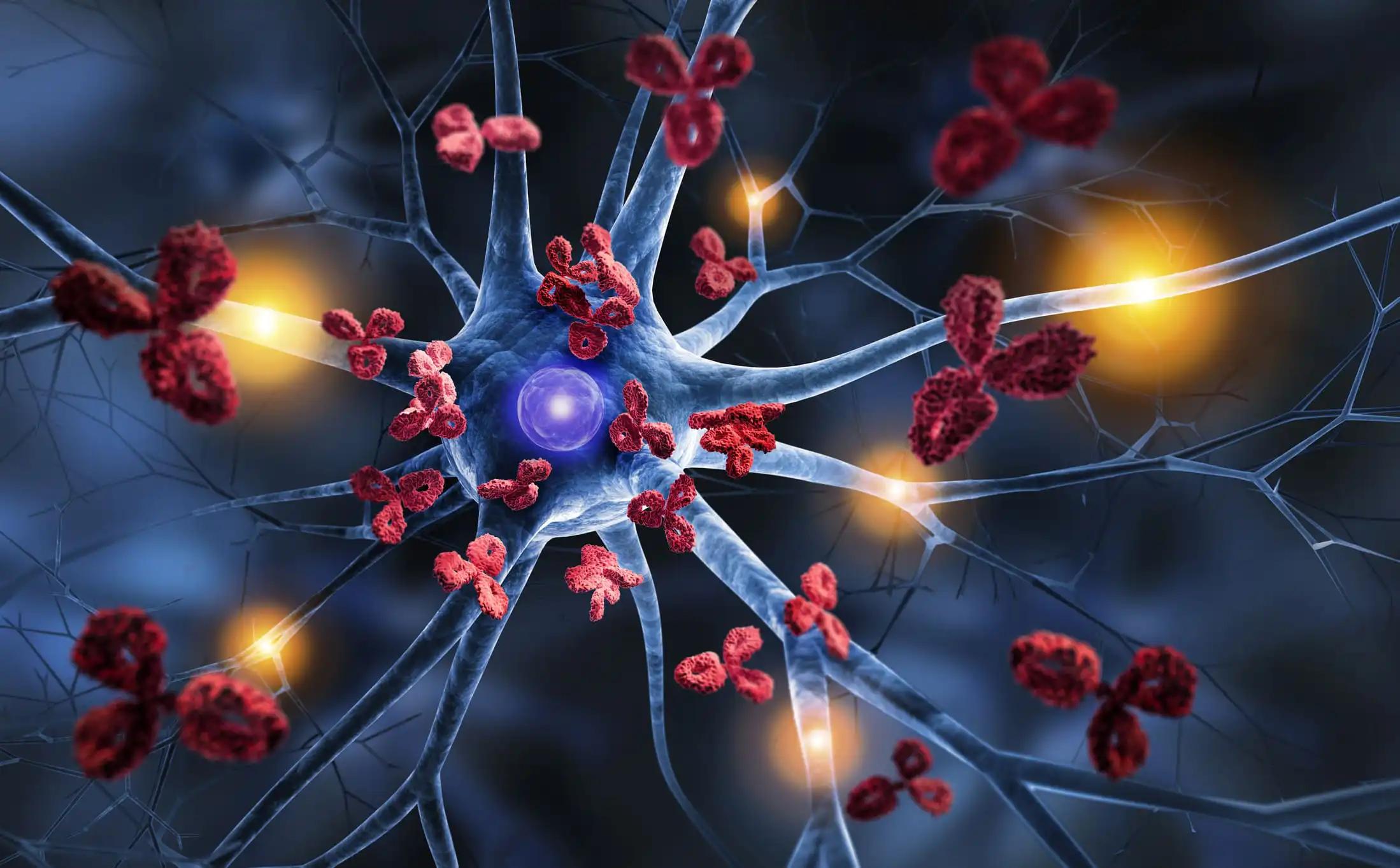KEY TAKEAWAYS
- The study aimed to assess the concentrations of type II cytokeratins (KRT): KRT6A, KRT6B, and KRT6C protein in 54 tumor and margin samples of HNSCC.
- Researchers found that variations in KRT6 isoforms were linked to tumor presence and development, offering functional insights.
Head and neck squamous cell carcinomas (HNSCCs) are among the most frequently detected cancers worldwide; however, not all mechanisms related to the expression of keratin in this type of cancer are known.
Dariusz Nałęcz and the team aimed to evaluate the concentrations of type II cytokeratins (KRT): KRT6A, KRT6B, and KRT6C protein in 54 tumor and margin samples of HNSCC.
The study involved 54 patients (pts) with HNSCC (67% male, 33% female). Tumor and margin samples were collected post-surgery, and histologically confirmed. Tumor types included oral (30 cases), oropharyngeal (2), laryngeal (17), hypopharyngeal (2), nasal cavity (2), and skin (1) squamous cell carcinoma.
Specimens were stored at -80°C until analysis. Tissue homogenates were prepared, and total protein was quantified using the AccuOrange™ Protein Quantitation Kit. KRT6A, KRT6B, and KRT6C levels were assessed via ELISA. DNA was isolated and analyzed for HPV using the GeneFlowTM HPV Array Test Kit.
Immunohistochemical staining was performed for p16 and Ki-67. Statistical analyses included Shapiro-Wilk, Mann-Whitney U, Kruskal-Wallis, and Spearman rank correlation, with significance set at P ≤ 0.05.
Results revealed that significantly higher KRT6A protein concentrations were found in HNSCC samples compared to surgical margins. An inverse relationship was observed for KRT6B and KRT6C proteins. An association was found between the KRT6C protein level and clinical parameters T and N in tumor and margin samples.
Analyzing the effect of smoking and drinking on KRT6A, KRT6B, and KRT6C levels showed statistically significant differences between regular or occasional tobacco and alcohol habits and pts without these habits in both tumor and margin samples.
Additionally, a correlation was found between KRT6B and KRT6C concentrations, the proliferative index Ki-67, and HPV status in tumor samples. The study demonstrated that concentrations of KRT6s differed between tumor and margin samples and varied according to clinical and demographic parameters, adding to the current knowledge about the role of KRT6s isoforms in HNSCC.
The study concluded that variations in the studied isoforms of the KRT6 protein could be linked to the presence and development of the tumor and its microenvironment (ME). Notably, the analyses were performed in tumor and surgical margins, which may provide further accurate insights into the function of normal and cancer cells and their regulation in response to various factors.
This research received no external funding.
Source: https://pubmed.ncbi.nlm.nih.gov/39000463/
Nałęcz D, Świętek A, Hudy D, et al. (2024). “Assessment of Concentration KRT6 Proteins in Tumor and Matching Surgical Margin from Patients with Head and Neck Squamous Cell Carcinoma.” Int J Mol Sci. 2024 Jul 4;25(13):7356. doi: 10.3390/ijms25137356. PMID: 39000463; PMCID: PMC11242288.



